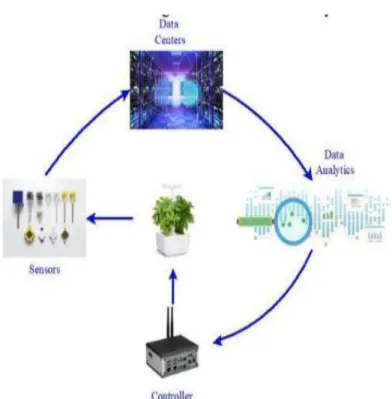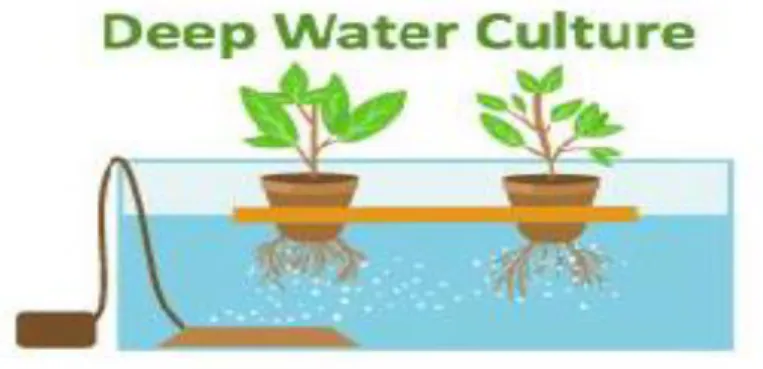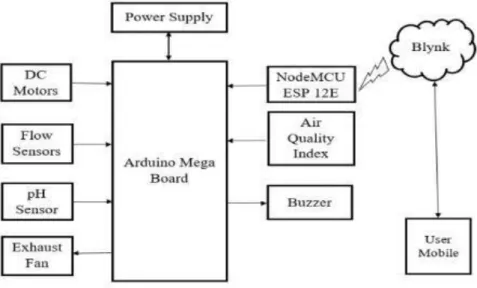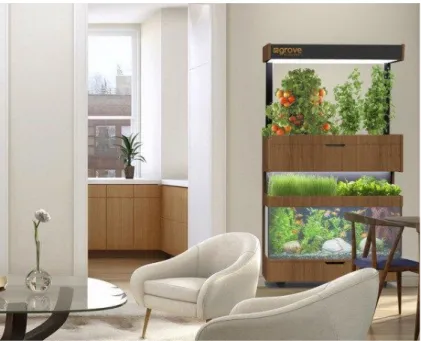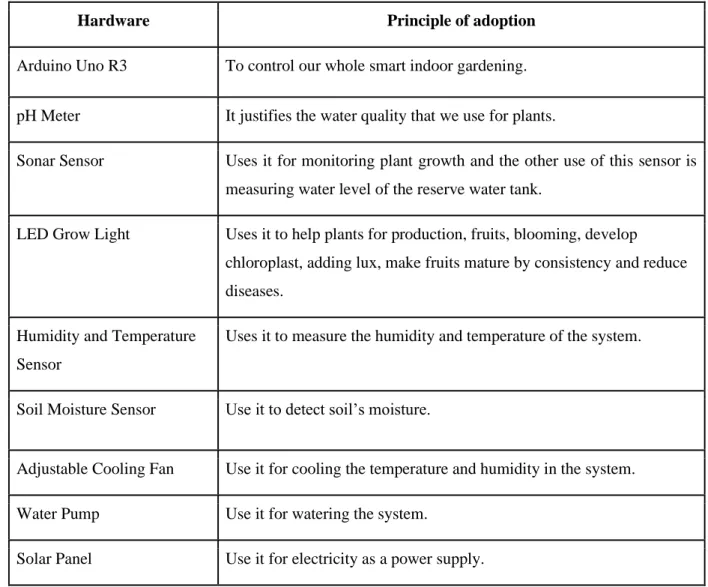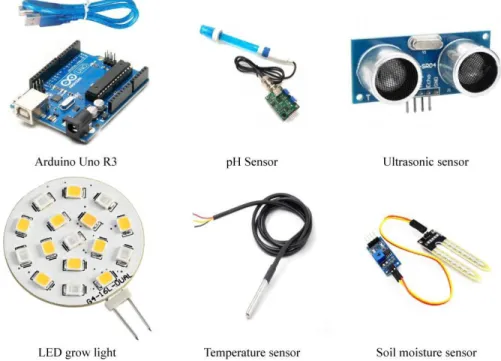This project titled "Smart Indoor Gardening System" submitted by *Mohammad Mansur Billah* *Khandaker Tanvir Ahmed* and *Afsana Khondokar Mimi* to the Department of Computer Science and Engineering, Daffodil International University has been accepted as satisfactory for the partial fulfillment of the requirements for the degree of B.Sc. Department of Computer Science and Engineering Faculty of Natural Sciences and Information Technology Påskelilje International University. Sheak Rashed Haider Noori, Associate Professor and Associate Head, Department of CSE Daffodil International University.
Sheak Rashed Haider Noori, Associate Professor and Associate Head, Department of CSE Daffodil International University, Dhaka. Touhid Bhuiyan, Professor and Head, and Head, Department of CSE, for his kind help in completing our project and also to other faculty members and the staff of CSE department of Daffodil International University. We would like to thank our entire coursemate in Daffodil International University, who participated in this discussion while completing the coursework.
There for gardening at home with a friendly environment in a short financial amount, we proposed a system that is Smart Indoor Gardening [3]. Daffodil International University 2 for heat effect which provides the growth and development of the crops and matures the fruits in consistency.
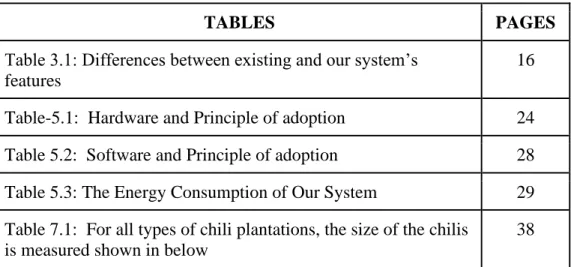
Problem Statement
In this era when obtaining electricity is rare, many people use solar panels to provide electricity in this system that conducts [13]. Using the same traditional way of farming, we try to break the chain and try to bring out a different system that we have proposed in this article [14].
Solution
Scope
Target Users
Literature Review
For this they used soil moisture sensor, ultrasonic sensor, light sensor and also used a solenoid valve for controlling soil moisture and controlling it for human requirements. In that system they used temperature sensor, humidity sensor, soil moisture sensor, which is automatically notified by user devices when water should be given. Statistics of water layer and soil moisture are obtained in 5 minutes and updated in microcontroller through memory by recording it.
Looking at the result, the high water level and soil moisture monitoring accuracy of the microcontroller is high. And the relation of coefficient equations from high water level is 0.955 and from soil moisture sensor is 0.887. Also, many sensors are used here that measure soil moisture and air humidity that detect soil and air temperature in that area [30].
Daffodil International University 8 Here in this paper they proposed the method of soil sensor which helps soil moisture to plant plants. Here they used FC-28 soil moisture sensor and Arduino uno as microcontroller which audited the soil moisture and also did the spraying of plants which helps plant to moisten soil using web server.
OFF-STAGE STUDY
- Background Study
- Rational Study
- Available Systems That Are Use In Present Time
- Our System and Its Purpose
- Key Features of Our System
With the knowledge of many systems, smart indoor gardening is such a system where creating a garden and planting plants is much easier as it takes up little space. Some people use non-electrical alternative ways to supply electricity instead of using solar panels, which will be budget friendly and also useful where load shedding occurs frequently. It shows how we can save electricity in gardening and do indoor gardening with less electricity, as electricity is a problem in many countries.
Our system: In hydroponics, crops are grown without the need for soil and instead in nutrient-rich water that serves as the plant's root system. In the next decade there will be problems with the land and traditional farming will be time-consuming. Therefore, we proposed this system to offer an alternative option to indoor gardening farming.
That is why we propose smart indoor gardening, where we can obtain or produce sufficient agricultural products. In Bangladesh, where we have different types of land, it is expensive. In our system we do not use land as an alternative. We use coconut feed which will reduce the cost of farming. We also don't have to worry about lighting because we use LED grow lights where traditional agriculture cannot always provide lighting and our system can.
It also saves water consumption because in our system we generate pumps and reuse water when needed. By considering overall options, we can ensure that our system is very efficient, less time-consuming and budget-friendly. Less fertilizer and nutrient: Which system we use requires less fertilizer because our environmental setup will be closed so this cannot affect plants and we use coconut feed so the loss of nutrients will be less than any other system.
Saves water consumption: In our system, when a pH meter gives a signal for a water change, pumps automatically generate water, whereby its consumption will happen when needed, and it saves water by recycling it. Daffodil International University 14 Save space: By using the system, the process will be done vertically, which can be done in small portions, which saves a lot of space. Cost be budget friendly: The cost of our system will be budget friendly because in this system we use very good components which are cheaper than other components as we have to pay attention to the budget.
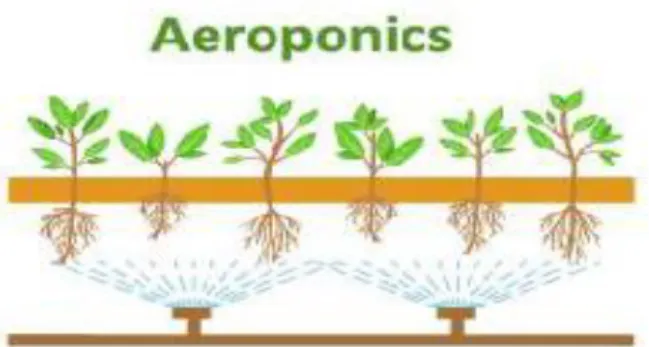
ACCORD
Motivation
Research Question
Differences between existing and our system’s features
RELATIONAL STUDY
- Work Related on This
- Open Agriculture Initiative at MIT (Open-AG)
- Hydrobase
- Methodology
- Hardware description
- Software description
- Block Diagram
Now that we have considered all the above features, we can put together a number of beneficial arrangements, and each such beneficial configuration can be viewed as a meteorological recipe. The system also tracks growth and results achieved using a fresh climate formula. All revised recipes are recorded in an open source database, and new users from around the world can access them as needed [5].
It is less restrictive than Open Ag and focuses more on the daily needs of the user. This combination of aquaculture and plant cultivation generates an ecosystem in which each component of the system is interdependent. The Grove Ecosystem can help individuals develop and meet at least all of their daily salad needs when it is used to its fullest extent.
App users can access additional lessons to help them understand the requirements of different plants and systems. Sonar sensor It is used to monitor the growth of plants and another use of this sensor is to measure the water level in the reserve water tank. Here we use it to determine if the pH level of the water used to grow the plants is increasing or decreasing, because if it is, the plant production will never increase accordingly.
It is an electronic device that uses ultrasonic sound waves to identify the distance of the specific item before converting the signals into electricity. We use it in our system to know the wavelength of the plants whether the plants are growing properly or not properly and also to detect the water level whether it is in the right level or not. Soil moisture sensor: The water content of the soil is measured with the help of a soil moisture sensor.
Sensors that are cheap - often used for soil resistivity are measured by two electrodes in the home. An increasing number of golf courses are using sensors to increase the efficiency of the irrigation systems and stop overwatering as well as the leakage of fertilizers and other chemicals off-site. Next is an ultrasonic sensor, which is kept in the system's water tank, so it can detect when the water is full or not for the plants.
After that it will go to the soil moisture sensor to check if the plant soil is high or not. If the soil moisture is not low then it will go to the ultrasonic sensor which will measure the height of the plants and send the data to Blynk and store it.
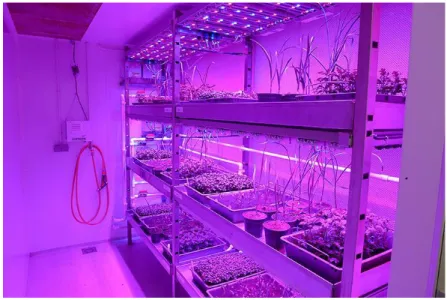
EMBODIMENT AND ADVANTAGE
Mythology
Implementation
Benefits of Indoor Gardening
CHAPTER 7
OUTPUT
Result
Based on each heat together with the humidity statistics here, Figure 5.2, they can claim that a certain temperature and humidity are optimal for two months, from February 1, 2022 to April 29, 2022. Here, with smart indoor gardening, the temperature all the time remains higher. slightly low during the day and night, and at the same time, the humidity is becoming low every day and also occurs at night. Over time, chili here in private gardening catches all the edges and also grows into the largest crops.
Indoor farming chillies achieved a height of 78.3cm, with hydroponic chillies coming in second at 19.6cm and outdoor farming chillies coming in third at 13.7cm. Daffodil International University 37 Fig. 7.5: Distinct depiction of the absolute sum of leaves in the Chilis plantation for all three types. Although the chilli is the tallest of the smart indoor agricultural plants, it is unable to develop new leaves.
The other is hydroponically farmed chilies, which have 34 leaves, and outdoor-farmed chilies, which only have 19 leaves. According to the research, chillies in hydroponic and outdoor farming produce leaves faster than chillies in indoor farming at the sprout stage. Even if it has been watered every day, the chili in outdoor farming has a poor crop yield over time. i) (ii) (iii).
Daffodil International University 38 Table 7.1: For all types of chilli plantations, the size of the chilli is measured below.
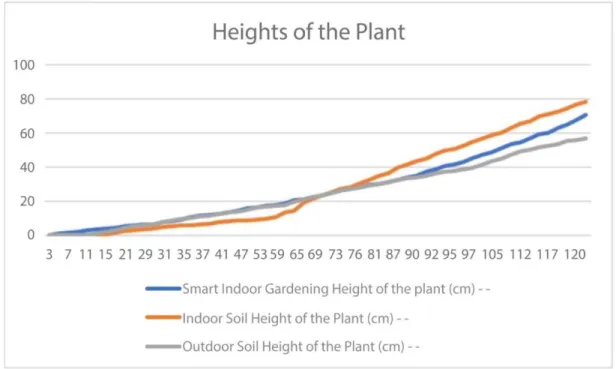
DEDUCATION
Conclusions
Future Scope
Zulkernain, "ZigBee based irrigation system for home gardens", Communications, Signal Processing and their Applications (ICCSPA), 2015 International Conference on, Sharjah, 2015, p. "Proceedings of 2012 IEEE International Conference on Automation, Quality and Testing, Robotics, Cluj- Napoca, 2012, pp. Tse, M.M.Y.: Therapeutic effects of an indoor gardening program for the elderly living in nursing homes.
